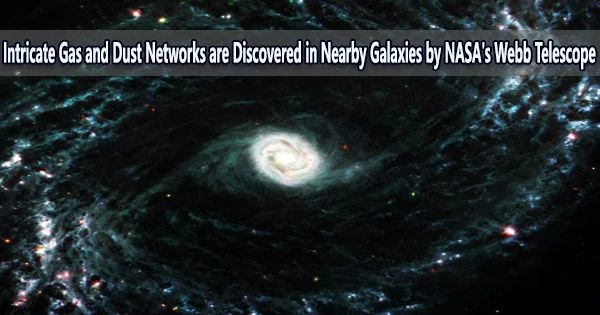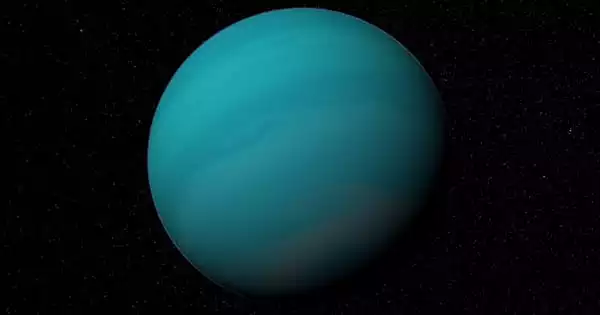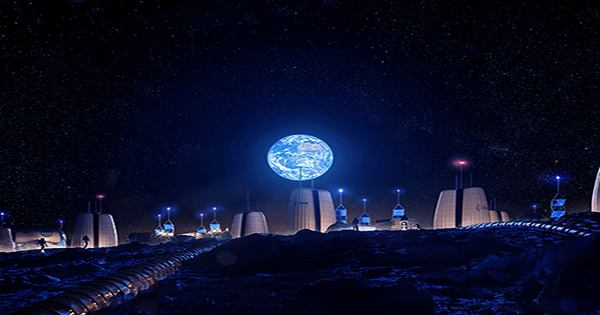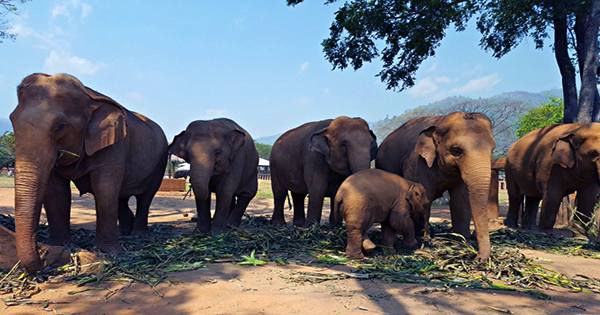With previously unheard-of resolution at infrared wavelengths, researchers using NASA’s James Webb Space Telescope are receiving their first look at star formation, gas, and dust in close-by galaxies.
The information has allowed for the creation of an initial collection of 21 research papers that offer fresh perspectives on how the earliest stages of star formation, one of the smallest-scale processes in our universe, affect the development of the biggest celestial bodies, galaxies.
The Physics at High Angular resolution in Nearby Galaxies (PHANGS) collaboration, including more than 100 researchers from around the world, is conducting the largest survey of nearby galaxies in Webb’s first year of science operations.
The Webb observations are led by Janice Lee, Gemini Observatory chief scientist at the National Science Foundation’s NOIRLab and affiliate astronomer at the University of Arizona in Tucson.
The team is studying a diverse sample of 19 spiral galaxies, and in Webb’s first few months of science operations, observations of five of those targets M74, NGC 7496, IC 5332, NGC 1365, and NGC 1433 have taken place. The results are already astounding astronomers.
“The clarity with which we are seeing the fine structure certainly caught us by surprise,” said team member David Thilker of Johns Hopkins University in Baltimore, Maryland.
“We are directly seeing how the energy from the formation of young stars affects the gas around them, and it’s just remarkable,” said team member Erik Rosolowsky of the University of Alberta, Canada.
Thanks to the telescope’s resolution, for the first time we can conduct a complete census of star formation, and take inventories of the interstellar medium bubble structures in nearby galaxies beyond the Local Group. That census will help us understand how star formation and its feedback imprint themselves on the interstellar medium, then give rise to the next generation of stars, or how it actually impedes the next generation of stars from being formed.
Janice Lee
These galaxies have a network of highly structured structures, including luminous dust cavities and enormous cavernous bubbles of gas that border the spiral arms, according to photos from Webb’s Mid-Infrared Instrument (MIRI).
This web of characteristics appears to be constructed from both isolated and overlapping shells and bubbles where newborn stars are releasing energy in some locations of the nearby galaxies examined.
“Areas which are completely dark in Hubble imaging light up in exquisite detail in these new infrared images, allowing us to study how the dust in the interstellar medium has absorbed the light from forming stars and emitted it back out in the infrared, illuminating an intricate network of gas and dust,” said team member Karin Sandstrom of the University of California, San Diego.
The high-resolution imaging needed to study these structures has long evaded astronomers until Webb came into the picture.
“The PHANGS team has spent years observing these galaxies at optical, radio, and ultraviolent wavelengths using NASA’s Hubble Space Telescope, the Atacama Large Millimeter/Submillimeter Array, and the Very Large Telescope’s Multi Unit Spectroscopic Explorer,” added team member Adam Leroy of the Ohio State University. “But the earliest stages of a star’s life cycle have remained out of view because the process is enshrouded within gas and dust clouds.”
Webb’s powerful infrared skills can cut through the haze and join the puzzle’s broken pieces.
For example, specific wavelengths observable by MIRI (7.7 and 11.3 microns) and Webb’s Near-Infrared Camera (3.3 microns) are sensitive to emission from polycyclic aromatic hydrocarbons, which play a critical role in the formation of stars and planets. Webb identified these compounds in the PHANGS program’s initial findings.
Insights into the bigger picture of how galaxies have changed over time can be gained by investigating these interactions at the smallest scale possible.
“Because these observations are taken as part of what’s called a treasury program, they are available to the public as they are observed and received on Earth,” said Eva Schinnerer of the Max Planck Institute for Astronomy in Heidelberg, Germany, and leader of the PHANGS collaboration.
To speed up discovery by the larger astronomical community, the PHANGS team will endeavor to build and make available data sets that align Webb’s data with each of the complimentary data sets previously acquired from the other observatories.
“Thanks to the telescope’s resolution, for the first time we can conduct a complete census of star formation, and take inventories of the interstellar medium bubble structures in nearby galaxies beyond the Local Group,” Lee said.
“That census will help us understand how star formation and its feedback imprint themselves on the interstellar medium, then give rise to the next generation of stars, or how it actually impedes the next generation of stars from being formed.”
















